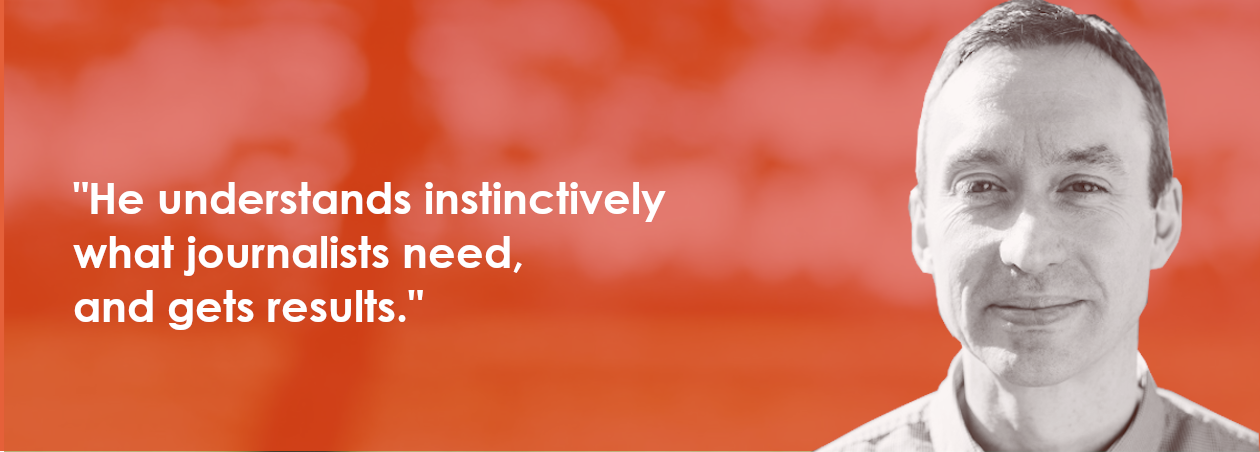I was lucky enough to attend a training session with travel SEO expert Mark Hodson. Here are 11 takeaways from the day – I think all of them are quick and easy to action:
1/ Page Rank is a ranking Google gives to web pages and is based on the quality and quantity of incoming links. There are two types of Page Rank – the one that Google lets you see is Toolbar Page Rank and is not considered very accurate, so don’t get hung up on it.
A better measure of authority is the SEOmoz toolbar which gives Page Authority and Domain Authority (and is free to download and install)
2/ You can assign a monetary value to a website ranking in Google, and measure the increase in this value as your campaign helps the website ranking improve.
To do this:
- Use the Google AdWords Keyword Tool to see how many annual searches there are for a keyword
- Assume you’ll get the following % of click throughs by ranking position: 1st = 42%; 2nd = 12%; 3rd = 8.5%; 4th = 6%; 5th = 5%
- Multiply the number of click throughs for your ranking position by the average cost per click (found in Google Ad Words)
So a #1 ranking for a keyword that receives 1,000 visits per year, with an average cost per click of £2 is worth: (1,000*0.4)*2 = £800.
3/ The four tasks of an SEO are to:
- Make pages accessible and easy to search for Google
- Target the keywords your custmers user
- Build content people find valuable
- Earn links from high authority sites
Of these, the hardest is to build valuable links, and this is where PRs have the edge over traditional SEOs. PRs are used to building relationships with people, which is important to sourcing quality links. SEOs are having courses on how to be more like PRs!
4/ Tips on sourcing links from quality publications:
- Links from Twitter, Facebook and the comment sections of blogs are ‘no follow’ links
- Want to know which websites Google considers most authoritative? Do a Google search for “News” to see which news sites the search engine rates as being best. Do the same for “travel news” (although be aware this will include traffic information too).
- Links from Relevant websites are most valuable. So, for travel companies, links from travel websites, newspaper travel sections, lifestyle websites and so on are better.
- Newspaper websites have sections that never appear in print and have no budget attached to them. Know what these are and find ways you can provide free content for them
- When asking journalists for links in articles use their language: “would you like to credit a source” or “do you want me to provide a link for substantiation”?
5/ Tasks every online PR should do:
- Build and maintain an online press room (on your site, the client site, a third party site) so journalists can always find your information
- Ensure your company news gets indexed by search engines, otherwise it will never be found.
- Use tools (Google Analytics) to measure performance
- Optimise press releases so they can be found for the right searches
6/ Optimise press releases by:
- Include a dateline in the opening para
- Use bullet points and bold – journalists skim, not read releases
- Include a link to your contact details on your website or blog (so you don’t have to worry about your details changing and becoming out of date if they’re only on the bottom of the press releases
7/ Being included in a good round up release (the 20 best hotels in Mauritius) can have more long term benefit that generating an article solely about your client. A well optimised round-up article on a good quality website will be visible in search results for a long time because it will always of interest; a wonderful article about your client is of less interest to the wider public and will get lost in the ether
8/ Metrics PRs can consider for online campaigns include:
- Advertising Value Equivalent, which you can measure when blogs publish charges for links.
More results oriented metrics include:
- Growth of organic traffic
- Improve Google rankings for keywords
- Increase domain authority
- Increase the number of keywords driving traffic
- Increase the number of pages generating visits from search
Tailor your metrics to every campaign depending on the understanding and requirements of the client.
Set out your metrics at the start of each campaign.
9/ Tips when using Twitter:
- Only around 7% of your followers will be on Twitter at any one time, so it’s okay to resend interesting news two or three times to give more followers the chance to see them
- Travel journalists looking for information on Twitter sometimes use the filter #travjournoreq. #journorequest is more popular, but broader than travel
- #travelmassive is a popular networking events for travel PRs and journos announced via Twitter
10/ Useful tools for online PRs:
- SEOMoz Premium is a useful tool for onlines PRs. It includes:
- OpenSite Explorer which is useful for analysing the authority of websites and the incoming links
- FollowerWonk: which analyses the influence of your followers; you can search by Twitter biography to find key phrases such as “travel blogger”
- BlogRank is a useful tool and shows the 150 Top Travel Blogs in the World.
- Bit.ly url shortener allows you to analyse you tweets that include bit.ly shortened urls
11/ PRs (beautiful and blonde) are better looking than SEOs (nerdy geeks)!
What tips would you add to this list?
